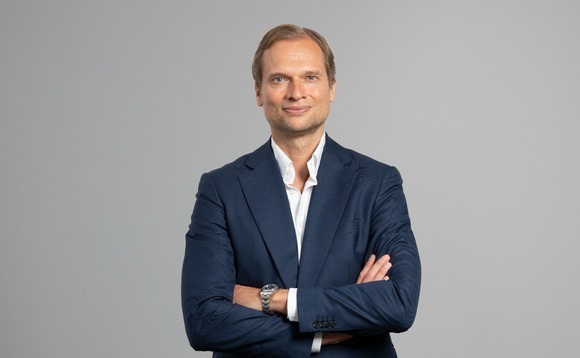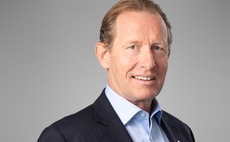
Q&A: EQT's Andreas Aschenbrenner and Sophie Walker

In the past month, EQT has launched an impact fund with a difference and adopted science-based targets for emissions reduction. Andreas Aschenbrenner, deputy head of EQT Future, and Sophie Walker, head of sustainability for private capital, explain why
Q: How did the notion of EQT Future – a longer-dated, impact-focused fund – emerge?
Andreas Aschenbrenner: We started thinking about it around the time of EQT's IPO. We ...
Latest News
Asian GPs slow implementation of ESG policies - survey
Asia-based private equity firms are assigning more dedicated resources to environment, social, and governance (ESG) programmes, but policy changes have slowed in the past 12 months, in part due to concerns raised internally and by LPs, according to a...
Singapore fintech start-up LXA gets $10m seed round
New Enterprise Associates (NEA) has led a USD 10m seed round for Singapore’s LXA, a financial technology start-up launched by a former Asia senior executive at The Blackstone Group.
India's InCred announces $60m round, claims unicorn status
Indian non-bank lender InCred Financial Services said it has received INR 5bn (USD 60m) at a valuation of at least USD 1bn from unnamed investors including “a global private equity fund.”
Insight leads $50m round for Australia's Roller
Insight Partners has led a USD 50m round for Australia’s Roller, a venue management software provider specializing in family fun parks.







